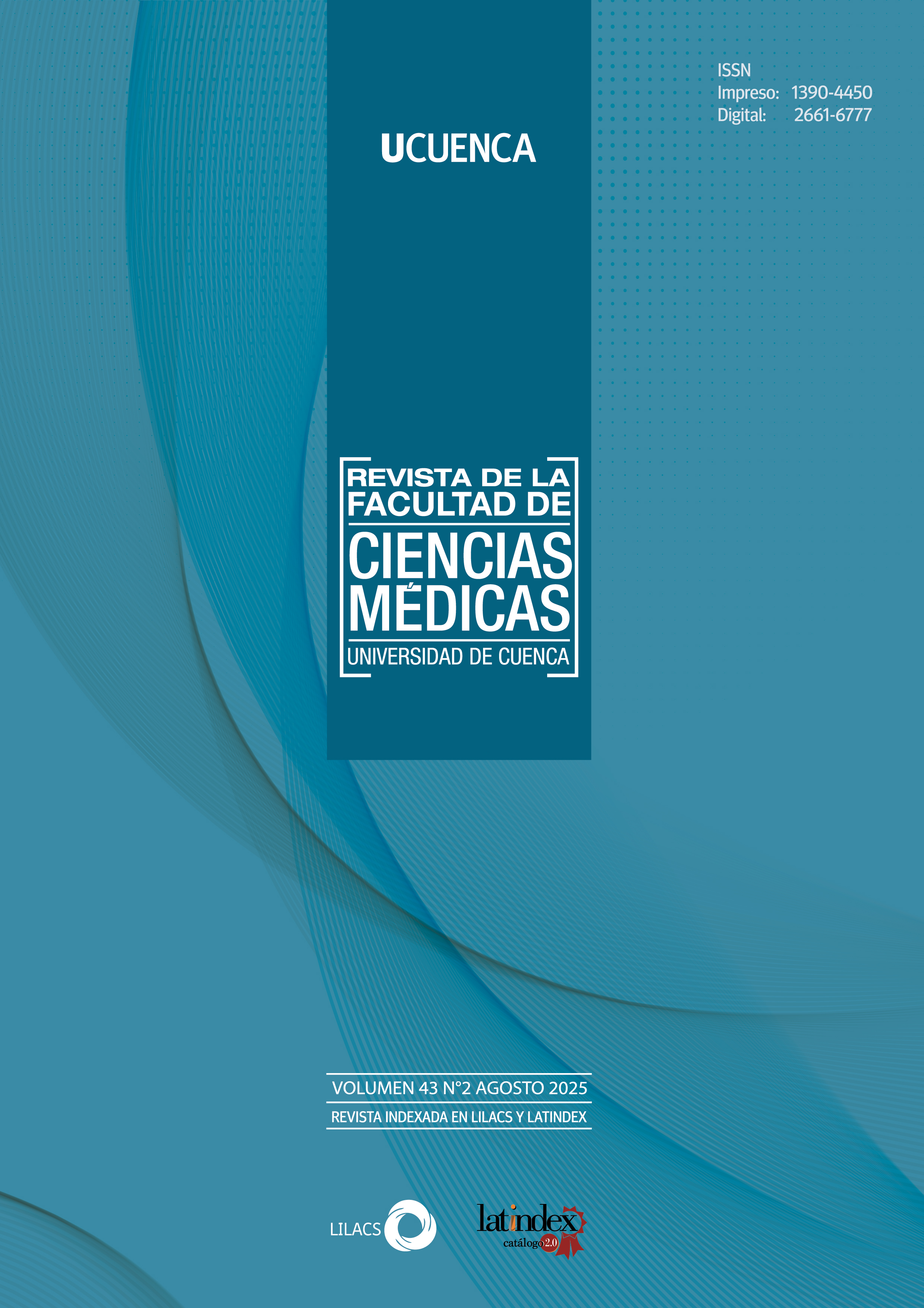Gorham-Stout disease. Case Report
DOI:
https://doi.org/10.18537/RFCM.43.02.06Keywords:
osteolysis essential, diphosphonates, bone diseasesAbstract
Introduction: Gorham-Stout disease (GSD) is a pathology characterized by progressive destruction of bone tissue, which appears between the second and third decades of life. Currently, it presents a diagnostic challenge due to its low incidence and non-specific symptomatology. There is no specific treatment for this pathology, but it may include bisphosphonates, radiotherapy and in advanced cases, surgery.
Case report: a 37-year-old female patient, with no relevant pathological history, presented with chronic intermittent pain in the left hip of 8 months of evolution, exacerbated in the last weeks until it became constant and limiting. A simple anteroposterior (AP) radiography of the pelvis was performed, which showed: osteolytic lesion of the right iliopubic branch, left ilio and ischiopubic branches and in the symphysis pubis region. A simple computed axial tomography (CT) scan of the pelvis was also performed, which showed an extensive lytic lesion with irregular sclerotic borders, simple and contrasted magnetic resonance imaging (MRI) of the pelvis suggested increased inflammatory or vascular activity in the described areas. Finally, histopathological analysis of the incisional biopsy confirmed the presence of fibroangioblastic tissue, without neoplastic infiltration, cellular atypia; characteristic aspects of Gorham-Stout disease.
Conclusion: Gorham-Stout disease is a rare pathology, with low incidence and unknown etiology. The diagnosis requires a combination of clinical, imaging and histopathological aspects and its treatment is currently controversial and unspecific.
Downloads
Published
Issue
Section
License
Copyright (c) 2025 Marco Fabricio Bombón Caizaluisa, José Eddy Márquez Jervis, Cesar Iván Vargas Sosa, Kevin Elías Albuja Delgado

This work is licensed under a Creative Commons Attribution-NonCommercial-ShareAlike 4.0 International License.
Copyright © Autors.

You are free to:
 |
Share — copy and redistribute the material in any medium or format |
 |
Adapt — remix, transform, and build upon the material for any purpose, even commercially. |
Under the following conditions:
 |
Attribution — You must give appropriate credit, provide a link to the licence, and indicate if changes were made. You may do so in any reasonable manner, but not in any way that suggests the licenser endorses you or your use. |
| NonCommercial — You may not use the material for commercial purposes. | |
| ShareAlike — If you remix, transform, or build upon the material, you must distribute your contributions under the same license as the original. |
| No additional restrictions — You may not apply legal terms or technological measures that legally restrict others from doing anything the licence permits. |






